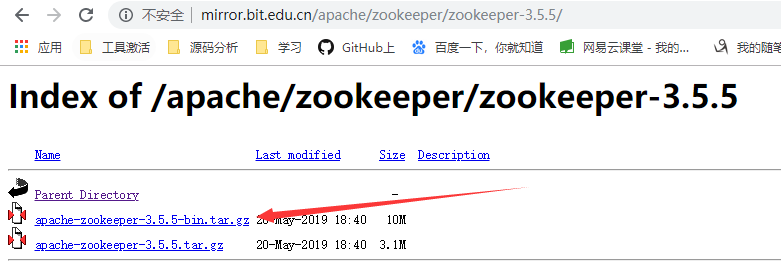My ASP.NET v3.5 web application is throwing the following exception when it attempts to open a connection to a SQL Server 2008 database:
System.Data.SqlClient.SqlException:
Cannot open database "MyDbName"
requested by the login. The login
failed. Login failed for user 'NT
AUTHORITY\IUSR'.
The thing is, I've added NT AUTHORITY\IUSR to the the server's list of logins, and to the database's list of users. For the server, I've granted the user the Public role, and for the database I've granted db_datareader permissions.
I've also granted the same for NT AUTHORITY\NETWORK SERVICE, which is the identity that the application pool is running under.
The web application is hosted by IIS7, if that makes a difference. The problem repros when the DB and IIS are on the same physical machine as well.
The trick here is that NT AUTHORITY\NETWORK SERVICE actually appears to the database as DOMAINNAME\MACHINENAME$ (note the $ sign!). That is, when you cross the machine boundary from your web server to the SQL Server, SQL Server sees the machine account if you use the NETWORK SERVICE or LOCAL SYSTEM accounts. If you use any other non-domain account, SQL Server will not receive your credentials.
I'm a bit puzzled by your error message. Truth be told, I don't think that when the DB is on another box, you'll see anything other than Login Failed for NT AUTHORITY\ANONYMOUS LOGON.
IUSR is used for anonymous websites, and can't pass over the wire to SQL Server. You may find a way for it to work if you're doing everything on the same machine, but I'd never know because I'd never do it that way... ;-)
I would suggest to create a separate (preferably domain) account and specify it in the connection string (usually in web.config)
Then you can limit permissions on the web server what this account can and cannot do.
Then you can grant this account required permissions in SQL server.
I had had the same problem and solved this by changing application pool.
In case it helps someone, in web.config I added <identity impersonate="false" /> for this error to go away (under <system. web>)
Instead of using Integrated Security=True; in connection string, just use username and password authentication user=sa; pwd=mypassword;
It's important to note that you'll get this error, as I just did, if you don't have IIS configured to allow impersonation, but, you have your web.config attempting to do impersonation.
I just came across this exact error, and all of the following steps are required (but I was missing the first step:
1.) Ensure ASP.NET impersonation is enabled on your IIS web server:
2.) Combine that with configuring your site to use impersonation (web.config):
<system.web>
<identity impersonate="true" userName="your_service_acct" password="***" />
3.) The above steps presume that you have a SQL Login setup on your MSSQL for 'your_service_acct' with permissions
When running on localhost, against a localdb, or even a remote db that you personally have permissions on, the development IIS runs as if it were YOU - and everything just magically works. So, in debug mode, you don't need to create a special web.config..
As soon as you deploy your site onto some kind of server (in my case, our TEST environment) you'll likely need to have done the above steps I just detailed, because IIS will try to connect as the application pool user, which is not usually what you want administratively speaking. So, that's when you want to start using web.config transformations, so Visual Studio will insert the appropriate identity impersonate="true" during your 'Publish...' deployment step.
The simple solution is to check your web.config file and make sure one of these is part of the db connection string:
Trusted Connection=false
OR
Integrated Security=True
This problem is shown when you restore a new database on your last database.
To resolve this you must go to sqlserver, then security and then set your apppool again.





